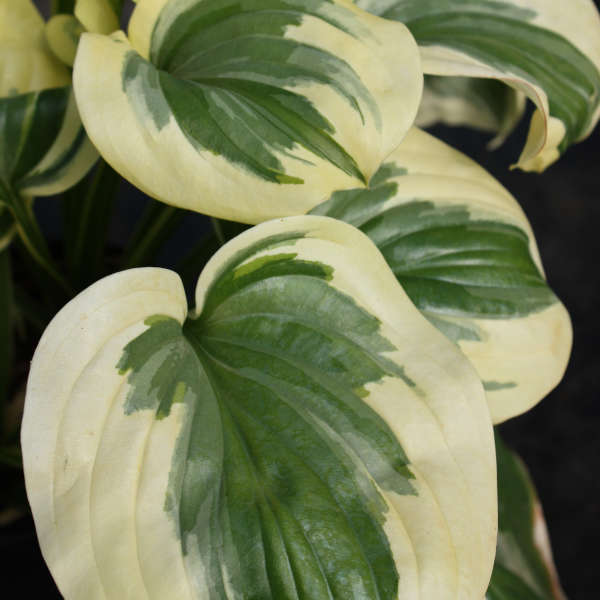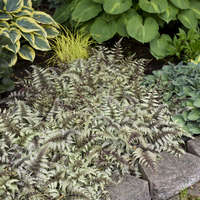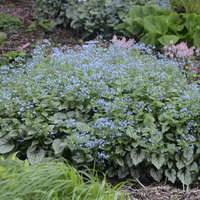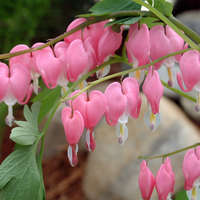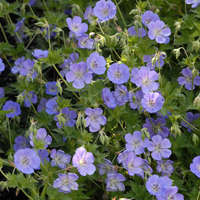Hosta 'Fragrant Queen' PP19508
Common Name: Hosta
We have been quite impressed with this new introduction in the ‘Fragrant Bouquet’ line. Its elongated heart-shaped leaves display wider, creamy to pure white margins, a darker green center, and are of better substance.
In comparison to ‘Sweet Innocence’, it has a darker green center and a faster growth rate. It holds up well all season long and exhibits some sun tolerance.
Large, fragrant, flashy near-white to light lavender flowers are produced above the foliage in late summer.
Hostas are exceedingly popular perennials in today's gardens due to their versatility in the landscape. Their subtle colors, tall flower scapes, and broad, coarse leaves fill a niche in garden designs that few other plants can achieve. Their large leaves provide excellent coverage for dying bulb foliage. Hostas also grow well in city environments where the air may be polluted by car exhaust, etc.
